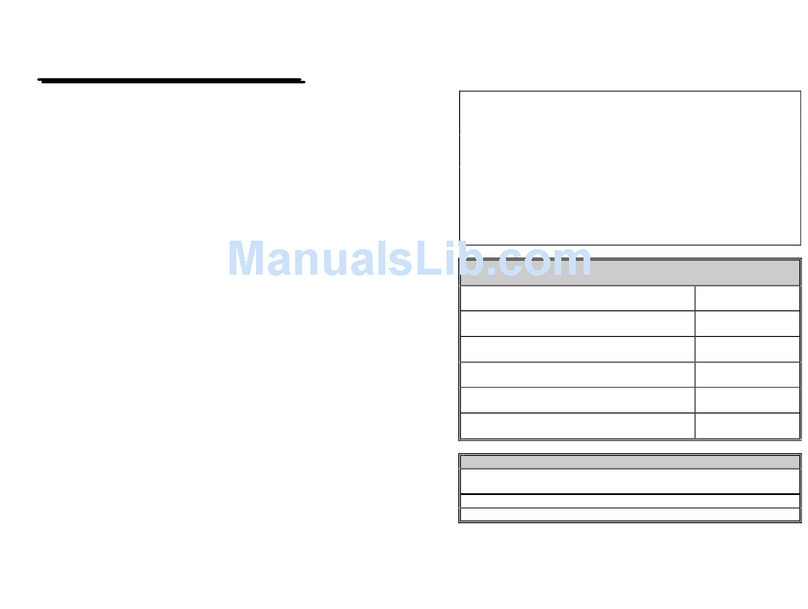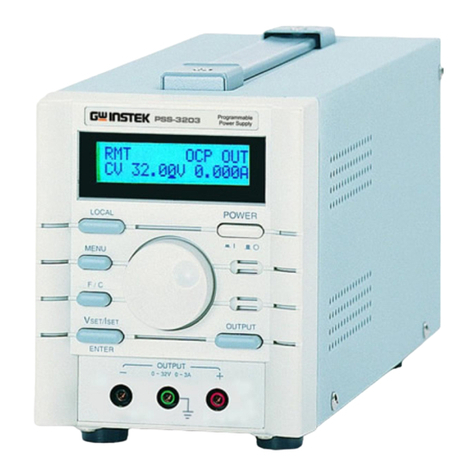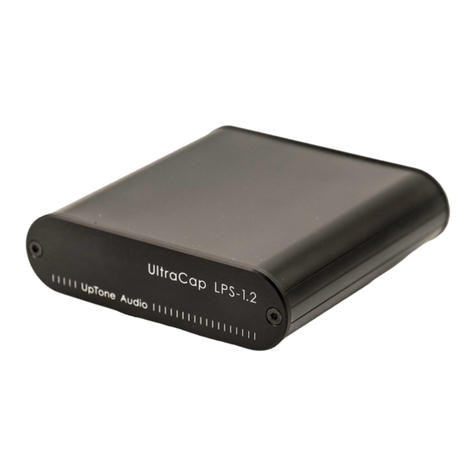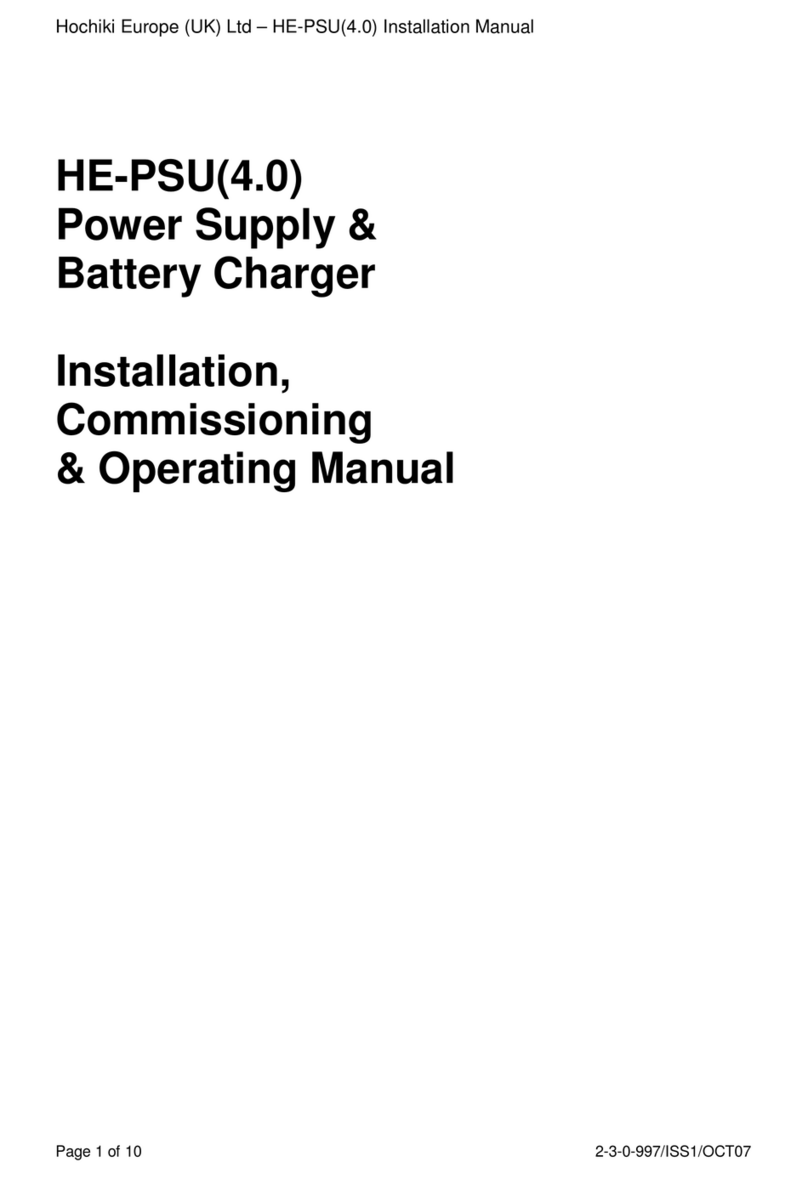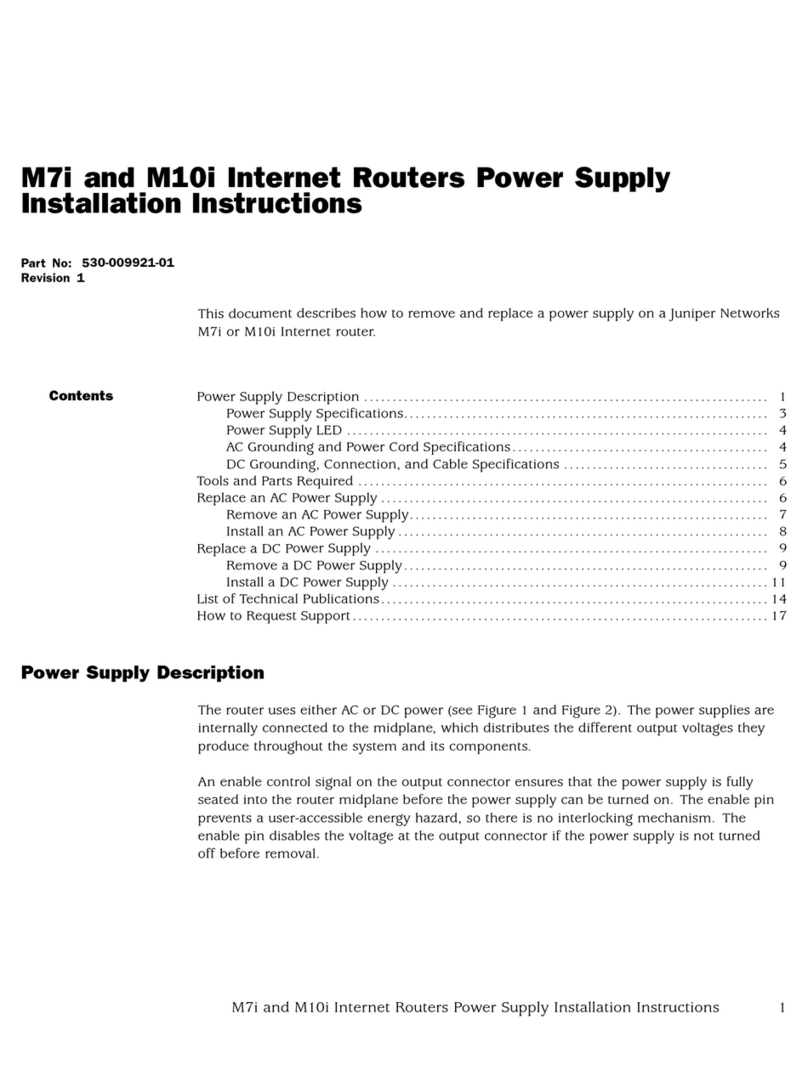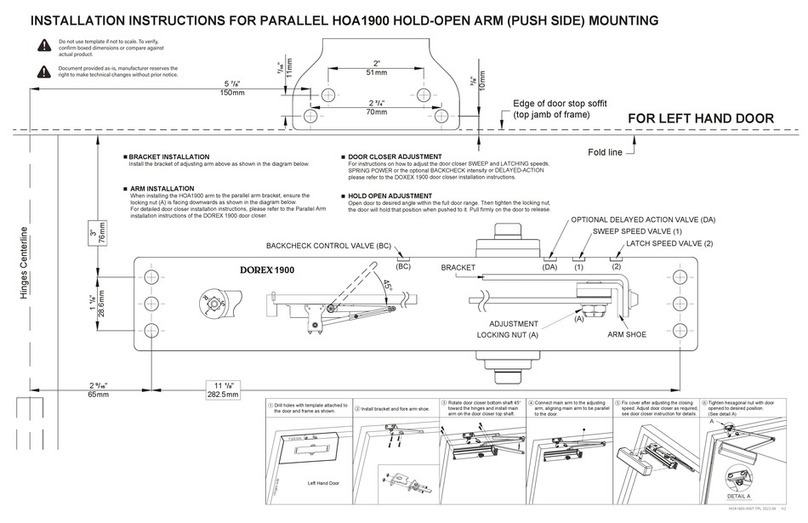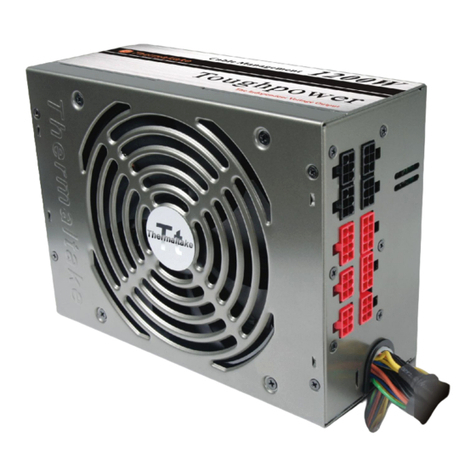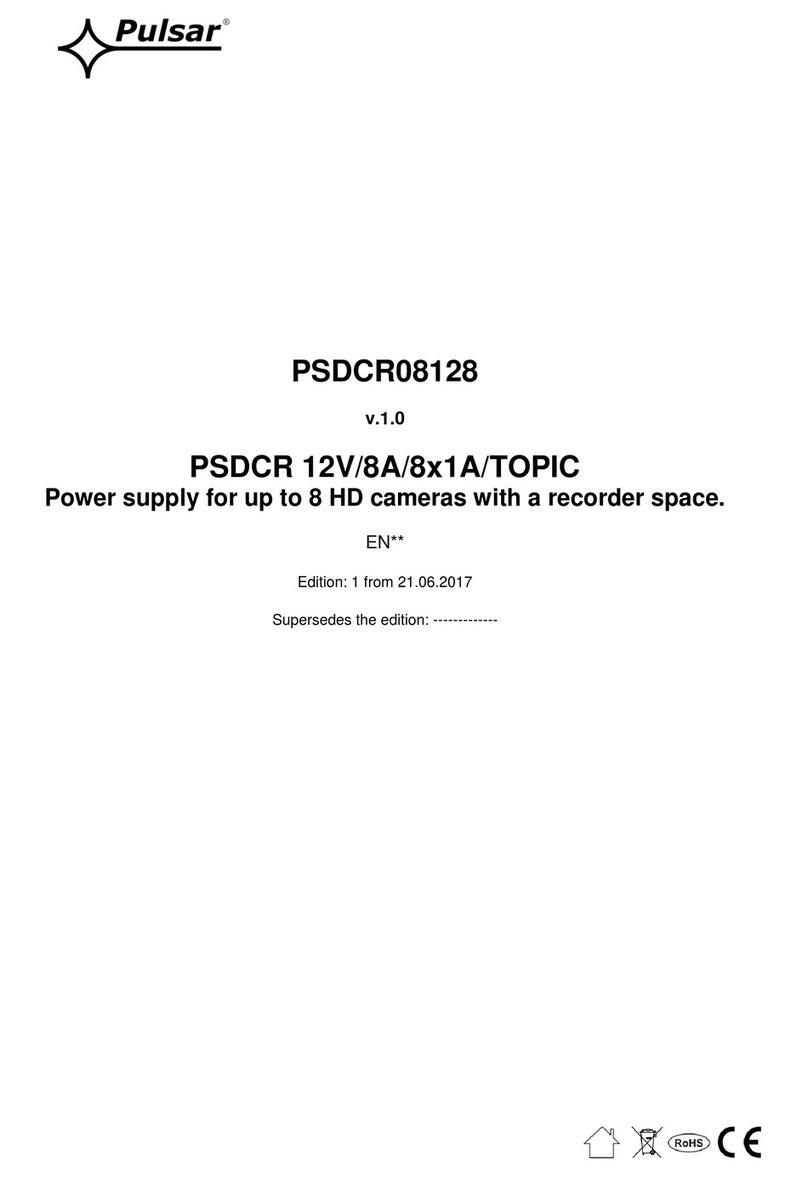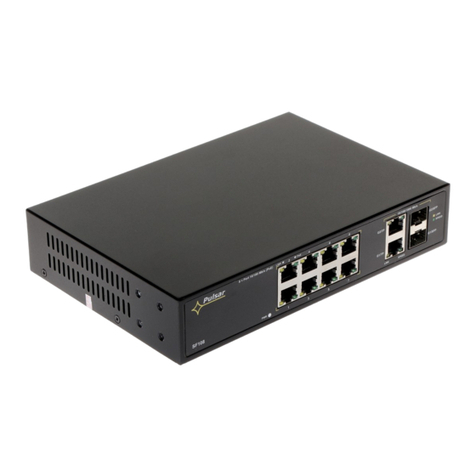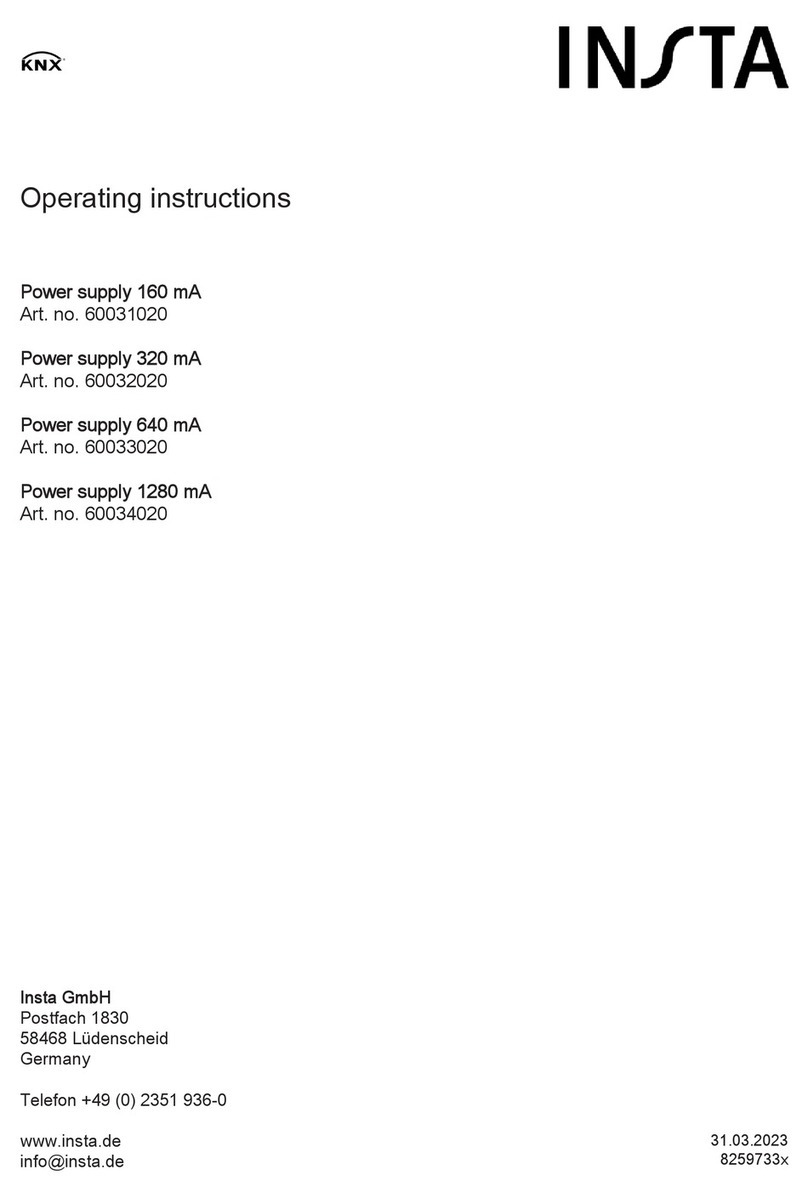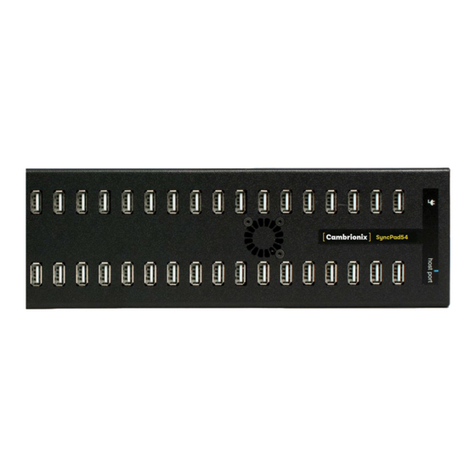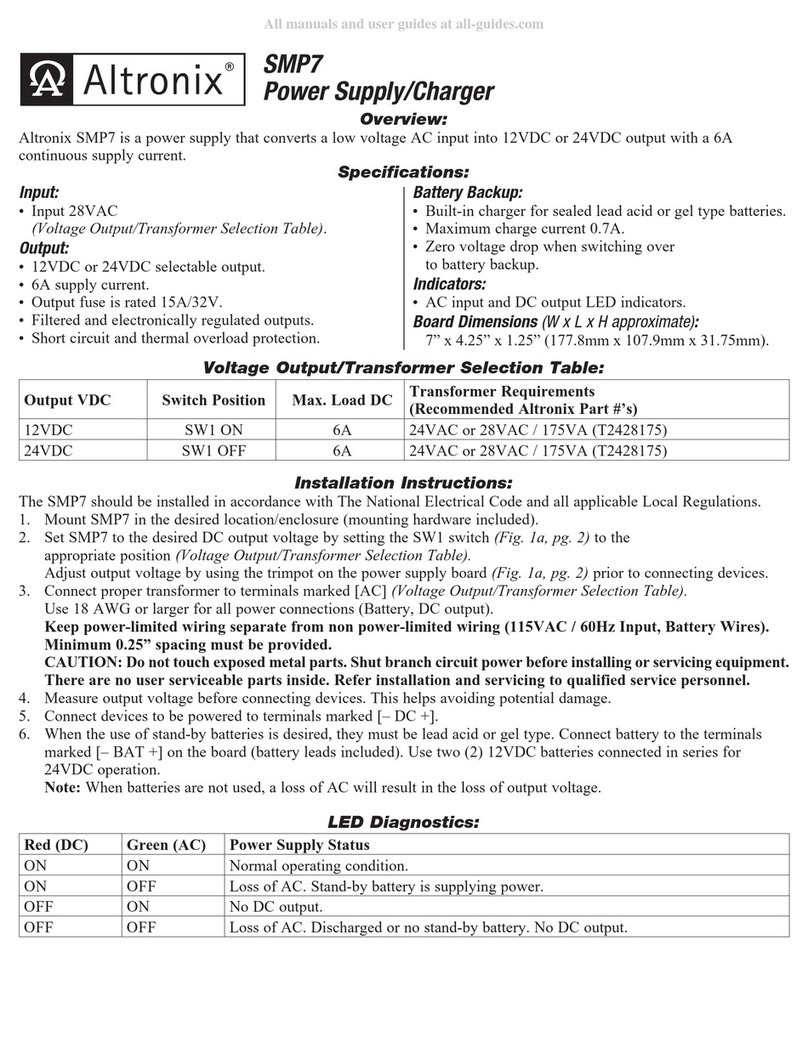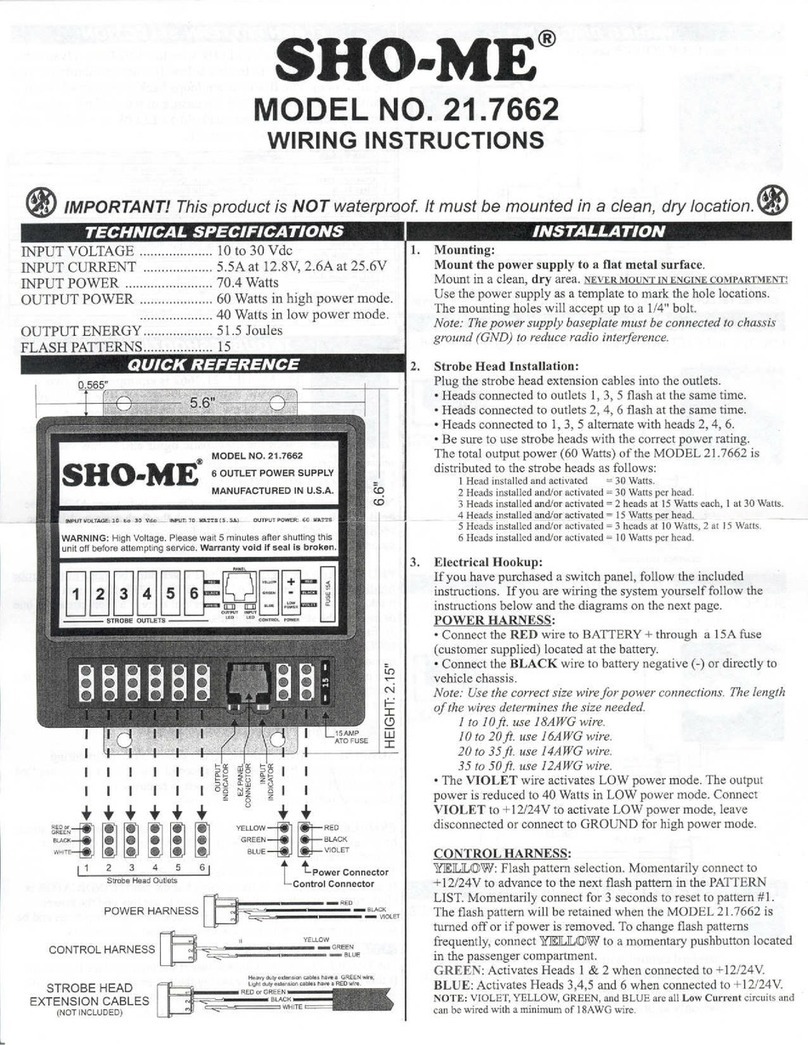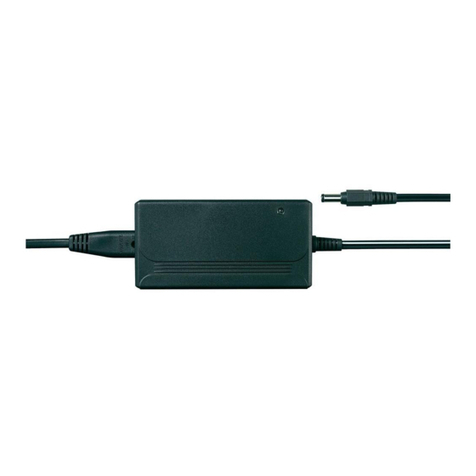20mV, if it is smaller than 36V, the minimum adjustable step
of the rotation knob is 10mV.
5-3.Over Voltage /Current Protection Setting
--Over Voltage Protection Setting:
Set to OVP SET window by pressing [MENU], modify the OVP
setting value with [F/C] key to input integral or dismal number,
then press [ENTER].
--OVP Status Clear Up:
When the output voltage exceeds the setting voltage, the
instrument will stop output and get into OVP mode by displaying
“OVP Error. Press “LOCAL” to reset” messages on the panel.
Now press [LOCAL] to clear OVP status, back to previous status.
--OverCurrentProtection Setting:
Set to OCP SET window by pressing [MENU], then switch OCP
to ON or OFF with the knob and press [ENTER]. When the OCP
is on, the output current equals or exceeds the setting current, the
instrument will stop output and get into OCP mode by displaying
“OCP Error. Press “LOCAL” to reset” messages on the panel,
Now press [LOCAL] to clear OCP status, back to previous status.
5-4. Display Contrast Setting:
Set to Contrast Setting window by pressing [MENU], modify the
Contrast setting value with knob, then press [ENTER].
5-5. Buzzer Setting
Set to Buzzer Set window by pressing [MENU], switch Buzzer to
ON or OFF with the knob, then press [ENTER].
5-6. GPIB/RS232 Interface Setting
Set to Interface window by pressing [MENU]. If the GPIB is
displayed, the Address value window will be appeared, if the
RS-232 is displayed, the Baud Rate window will be appeared, then
PSH SERIES PROGRAMMABLE POWER SUPPLY
USER MANUAL
17
using the wheel knob to modify the value and press [ENTER] to
complete the setting.
Note: The system will detect the interface used at present
automatically, and switch the detected interface over the
setting interface of GPIB or RS-232.
Example:
1) If want to set the GPIB address value to 08:
Set to interface window by pressing [MENU], and adjust the
address value to 08 with the wheel knob and press [ENTER] to
complete the setting.
2) If want to set the RS-232 Baud Rate to 9600:
Set to interface window by pressing [MENU], and adjust the
Baud Rate value to 9600 with the wheel knob and press [ENTER]
to complete the setting.
For further details, please refer to the programmer manual of
PST/PSS/PSH series programmable power supply.
5-7. Remote Error Sensing
Anormal power supply can perform its best load regulation, line
regulation, low output impedance, and low output ripple and noise,
as well as the rapidly transient recovery response. Please refer to
figure 5-2. If there is any test lead connected between load and
output terminal, the best characters of power supply can not be
shown up on the load terminal.
Figure 5-2 The power supply with local error sensing

















